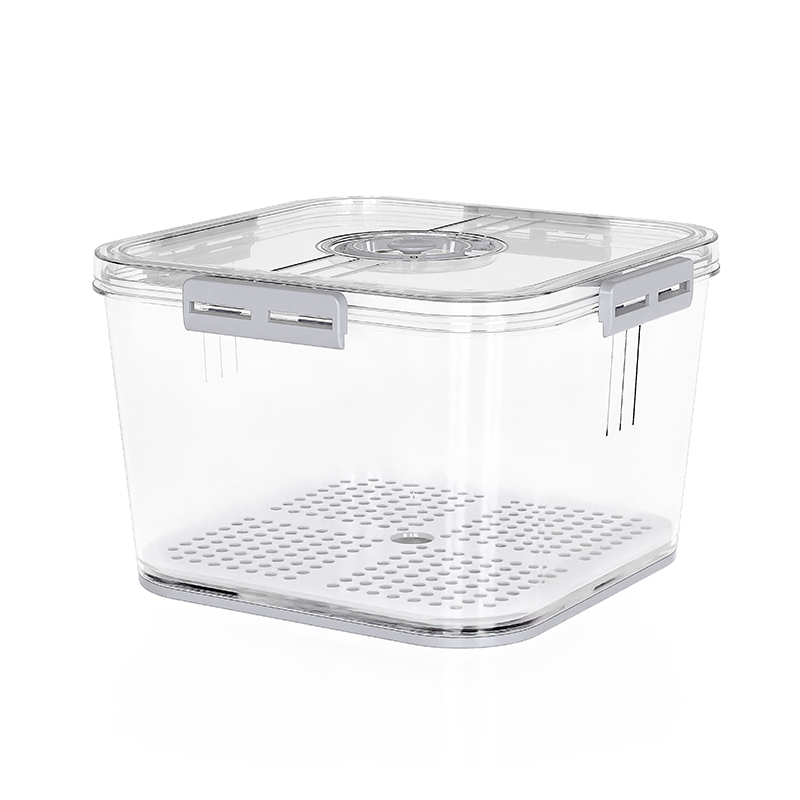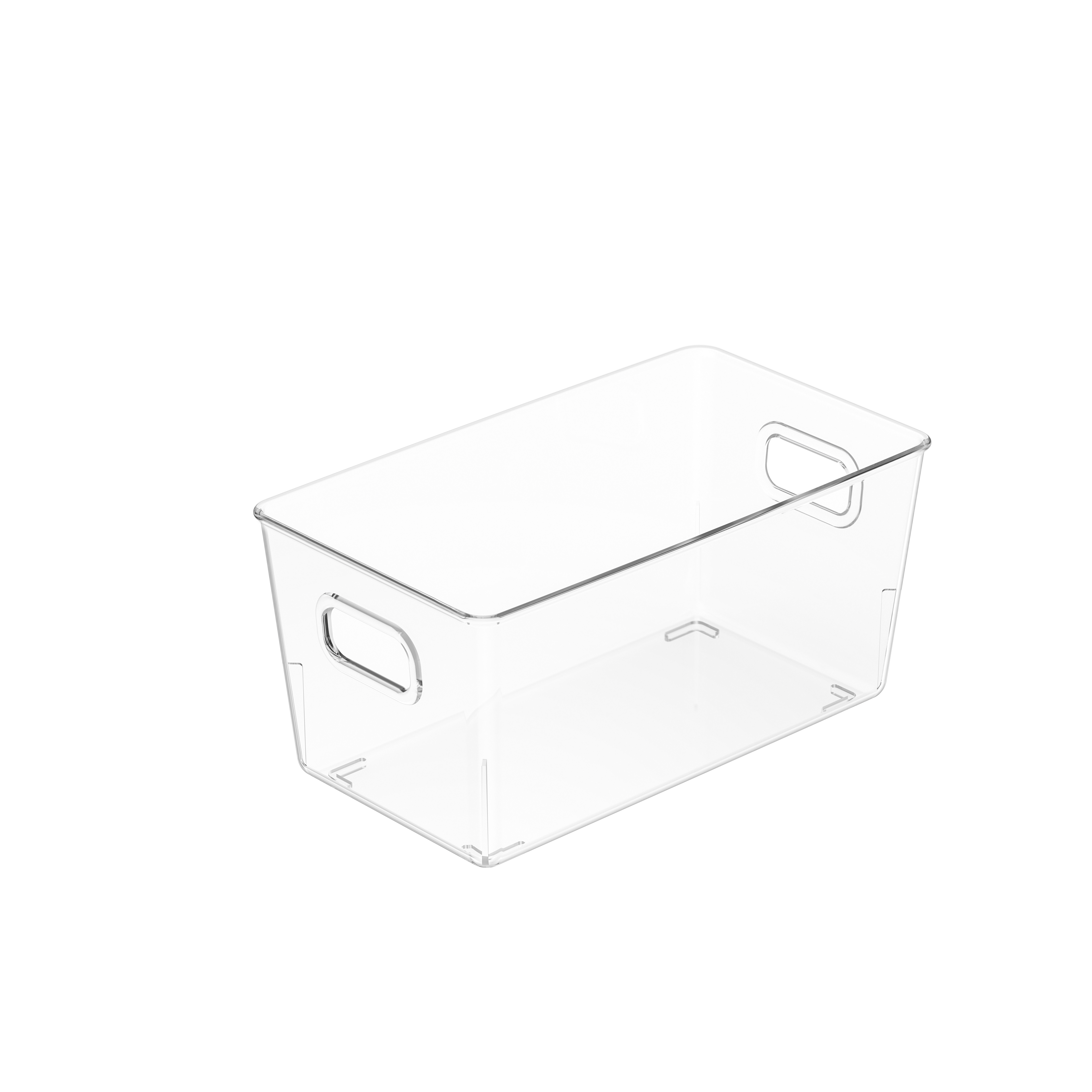A stackable fridge timer control box plays a critical role in the defrost cycle and overall performance of a refrigerator. Ensuring it operates properly is vital to maintaining the appliance’s efficiency and extending its lifespan. The frequency of inspection depends on various factors, such as the environment, the refrigerator’s usage patterns, and any manufacturer recommendations.
A general recommendation is to inspect the timer control box every 6 to 12 months as part of regular refrigerator maintenance. This ensures that the component is functioning correctly and helps avoid issues like excessive frost buildup or improper defrost cycles. Routine inspections involve checking the timer settings, listening for unusual sounds, and ensuring it switches between cooling and defrosting modes effectively.
While routine checks are helpful, certain symptoms may indicate that the timer control box requires immediate attention. These include:Inconsistent Cooling: If the fridge or freezer is not maintaining proper temperatures, it could indicate a malfunction in the timer that disrupts the defrost cycle.
Excessive Ice or Frost Buildup: This may suggest that the defrost timer isn’t triggering the heater to melt frost on the evaporator coils.
Unusual Noises: Ticking, buzzing, or any irregular sounds coming from the control box could indicate a worn or failing timer mechanism.
Frequent or Infrequent Cycling: If the refrigerator compressor cycles on and off too often or rarely, it could be a sign that the timer isn’t switching modes at the correct intervals.
Energy Inefficiency: A malfunctioning timer may cause the fridge to consume more electricity by overworking the compressor or failing to defrost properly.When any of these issues occur, the control box should be inspected as soon as possible to prevent further complications.
In conditions where the refrigerator is subject to heavy usage, such as in commercial kitchens or environments with fluctuating temperatures, inspections should be conducted more frequently, approximately every 3 to 6 months. Harsh conditions, such as high humidity or frequent power surges, can accelerate the wear and tear of electrical components within the timer control box.
After any refrigerator repair or replacement of key components like the defrost heater, thermostat, or compressor, it’s a good idea to inspect and test the timer control box. Ensuring that it works correctly within the updated system prevents potential malfunctions that could arise from improper integration or overlooked issues.
Different brands and models may have specific requirements for maintaining the timer control box. Always refer to the user manual or technical documentation to follow manufacturer-recommended inspection intervals and procedures. Adhering to these guidelines ensures that you’re maintaining the control box in a way that’s optimized for your specific refrigerator.
When inspecting the stackable fridge timer control box:Listen for Functionality: A properly working timer should produce a subtle ticking sound as it operates.Test Switching Modes: Ensure it cycles smoothly between cooling and defrosting by manually advancing the timer if possible.Check for Wear or Damage: Inspect the timer housing, connectors, and wiring for signs of corrosion, fraying, or physical damage.Measure Voltage: Use a multimeter to confirm that the timer is receiving and delivering the appropriate voltage.
Home / News / Industry News / How often should a stackable fridge timer control box be inspected for proper functioning?














